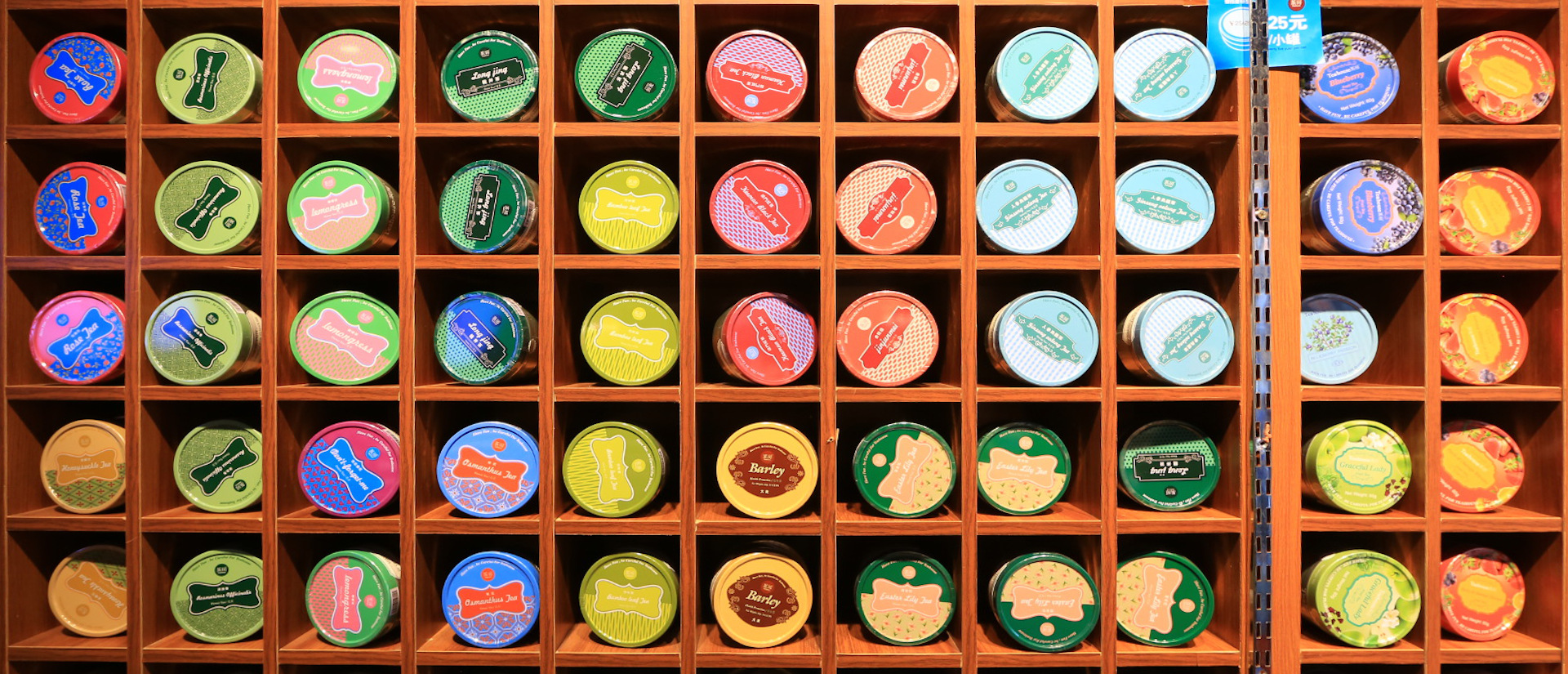Digitalisierung im Groß- und Einzelhandel
Our customer for this success story is a company from the wholesale and retail sector, which operates purchasing bundling throughout Europe.
The (sub-)business of the customer
The customer offers its B2B customers a price information system for offers in the cash and carry business as well as in retail. The prices can be viewed by B2B customers. This answers questions like
- "How much does Italian nougat spread cost in Darmstadt?"
- "Where was my product advertised in Europe?
- "For how much money do I have to offer my product in Darmstadt in order for it to be sold?
He had been pursuing this business in this way for decades. Customers logged on to the website and could see prices.
The Initial Situation
The client has recruited various volunteers ("collectors") throughout Europe who send advertising brochures that have landed in their mailbox during the week to the company. After the mail delivery time, the advertising leaflets arrive at the company and are typed in detail by the employees ("collectors").
The main problem is that many advertising leaflets are similar, but all of them have to be viewed and compared by the people who enter them. This requires an enormous amount of work. It can only be done on a random basis.
The data was entered into an outdated software. This revealed various shortcomings. The software did not support the data collectors sufficiently and laboriously in their work.
A major customer of our customer wanted to drop out and switch to the competition because the information provided was not of the required quality.
Our customer then commissioned us with a new development on a time and material basis and two have a meeting every third week to check progress and next steps.
Overthinking the existing solution and reimplementation
The world has continued to turn, and has done so for several years. Most wholesalers and retailers already offer shopping brochures digitally on their websites. A service provider can provide this data.
"Collectors": Gone are the days of collectors and therefore also the days of postal delivery times. These need not be managed by the newly developed software. This eliminates an enormous amount of work, which was initially set at 200 person days with a wide variety of complex functions. Advertising brochures can be entered directly on the day of publication.
Sort advertising leaflets: Since the advertising slips are now delivered digitally by service providers, they no longer need to be sorted by hand. This eliminates an enormous amount of work. In addition, another service provider, a scientific institute, can supply software that can reduce images to their essential information and thus make quick comparisons. With high congruence, data already entered can be reused and automatically duplicated. This also eliminates a high manual effort by the software. The capturers can now capture even more brochures.
The software developed by us offers the customer a much more stringent categorization of the products. In addition, a new open source search engine technology is used to find articles quickly. The user can now create the data with just a few clicks or keystrokes. The creator can thus enter an article price in less than 5 seconds. In addition to the actual function of the software developed by us, the software supplied by third-party suppliers is integrated into our system, as well as the customer's existing systems (archive system).
Distributed servers allow data to be collected in centers distributed throughout Europe.
The quality of the software was assured by automatic tests on different levels. Even a "robot" application has clicked through and checked the application. This allowed the development to quickly create business value and roll out a new version, with a high probability of functional correctness. The test department was able to minimize its efforts and verify with small shakedown tests whether the software still works correctly.
Three Years Later
The major customer could be kept due to the newly developed and rethought software, many more customers could be won.
Key to success
Dividing the development steps into small slices ("Agile").
Concentration on the essential: - no "you might need that sometime" features
Observation of the features after development, thinking around the corner, thinking consistently further
Clear tasks and separation of responsibilities: developers know how to develop, strategists guide the vision and lead
Use modern software technology and methods (open source searchengine and model-view-presenter paradigm)
"Everyone" in the team knows everything about the next development steps and the vision and current state of the system, "everyone" is replaceable



